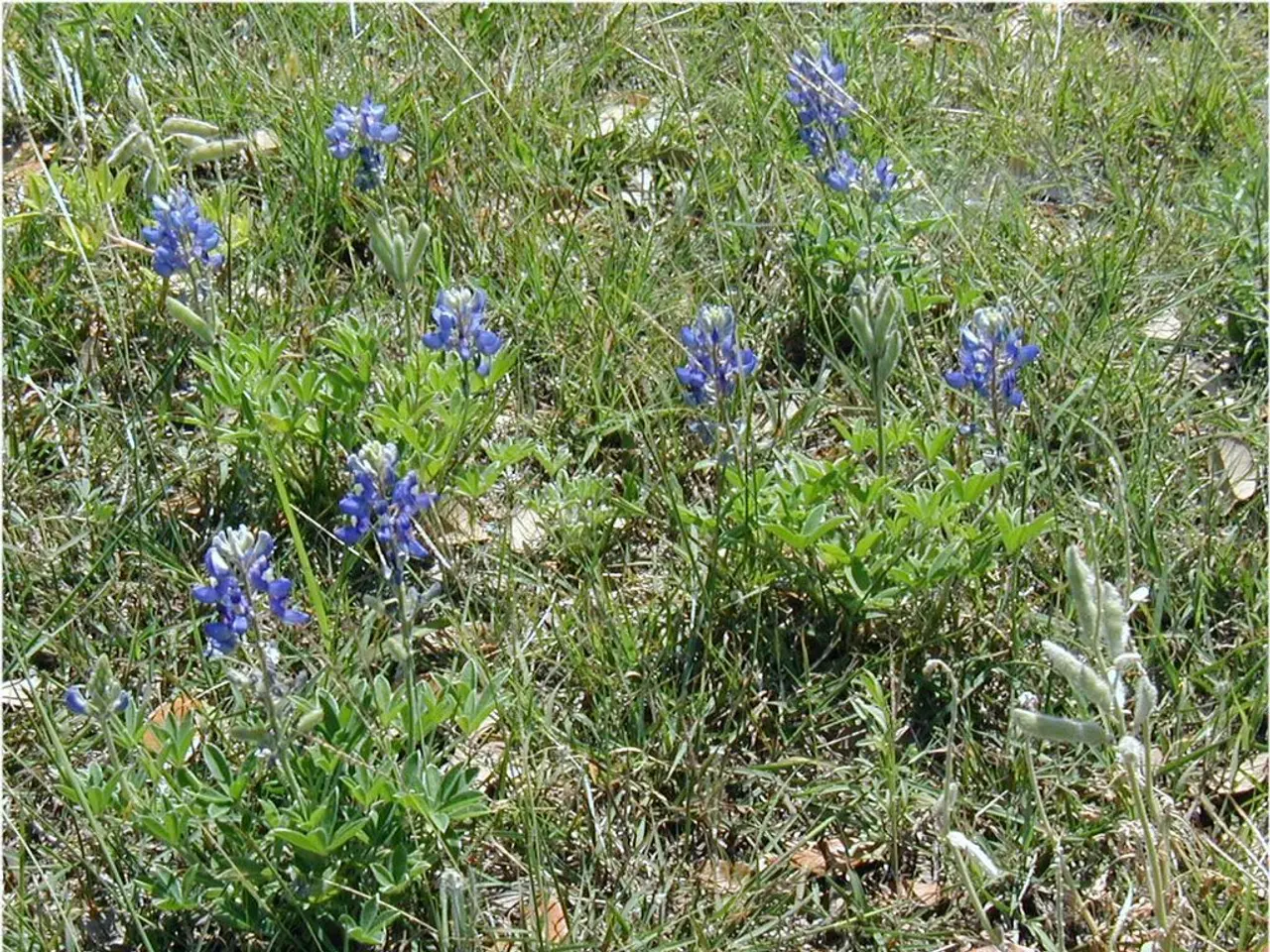Grassless Ground Cover Options
In an era where both cost-effectiveness and environmental responsibility are at the forefront, homeowners are increasingly seeking ways to reduce their lawn care expenses while minimizing their impact on the environment. Here's a comprehensive guide to strategies and alternatives for traditional lawns that can help achieve these goals.
### Strategies to Reduce Lawn Care Costs & Environmental Impact
Traditional grass lawns require regular maintenance such as mowing, watering, fertilizing, and pest control, which can be expensive and environmentally taxing. To effectively reduce these costs and environmental impact, consider the following approaches:
1. **Reduce maintenance demands:** By reducing the frequency of mowing, watering, and chemical applications, you can save money and resources.
2. **Use drought-tolerant and low-maintenance plants:** Opt for plants that require little watering and no chemical fertilizers or pesticides.
3. **Incorporate hardscaping or permeable surfaces:** Gravel, stone, or decomposed granite can reduce the maintenance and irrigation needs, while improving drainage and durability.
4. **Optimize irrigation:** Smart irrigation techniques or drip systems can help minimize water waste.
5. **Use native species:** Native grasses and plants adapt well to local climate and soil, requiring fewer inputs and supporting local biodiversity.
### Suitable Alternatives to Traditional Lawns
| Alternative | Benefits | Maintenance & Environmental Impact | |----------------------------|------------------------------------------------------------|----------------------------------------------------| | **Clover Lawns** | Stays green longer in drought, self-fertilizes, attracts pollinators, soft underfoot | Requires less mowing, watering, and no synthetic fertilizers; eco-friendly | | **Sedum Ground Covers** | Succulent that thrives in poor soil and dry spots, colorful flowers | No mowing, drought-resistant, pest-resistant | | **Creeping Thyme** | Fragrant, drought-tolerant, blooms in summer | Needs little watering, no mowing | | **Native Grasses** | Well adapted, reduces watering and chemicals, supports ecosystems | Low upkeep, promotes soil health, increases resilience | | **Gravel or Stone Gardens** | Durable, permeable, low-cost alternatives to grass | No watering or mowing; weed control needed | | **Decomposed Granite & Pavers** | Natural look, durable, low-slip surfaces | Nearly zero maintenance after installation | | **Artificial Turf (when appropriate)** | Eliminates mowing and watering | Requires upfront cost; no water use |
These alternatives collectively lower or eliminate the costs of mowing, watering, fertilizing, and pest control, while benefiting the environment by reducing water usage, lowering chemical runoff, and supporting pollinators and soil health[1][2][3][4][5].
### Additional Benefits
- Many of these alternatives qualify for xeriscaping incentives or rebates due to their water-saving nature. - Native plants and grasses encourage local wildlife and create more resilient, sustainable yards that can handle climate variability better than conventional turf.
By gradually replacing traditional grass with these alternatives or integrating them strategically, homeowners can greatly reduce lawn care costs and environmental footprints while maintaining aesthetic and functional outdoor spaces.
[1] University of California Agriculture and Natural Resources. (2021). Xeriscape Gardening. [online] Available at: https://ucanr.edu/sites/CAwater/files/310133.pdf
[2] National Wildlife Federation. (2021). Certified Wildlife Habitat. [online] Available at: https://www.nwf.org/Garden-for-Wildlife/Certify/
[3] The Nature Conservancy. (2021). Native Plants for Wildlife Habitat. [online] Available at: https://www.nature.org/en-us/get-involved/how-to-help/plant-native/
[4] Audubon Society. (2021). Plants for Birds. [online] Available at: https://www.audubon.org/plantsforbirds
[5] US Environmental Protection Agency. (2021). Lawn Care: Reduce Chemical Use. [online] Available at: https://www.epa.gov/pesticides/lawn-care-reduce-chemical-use
- Incorporating raised beds filled with environmental-science friendly plants, such as native grasses, clover lawns, sedum ground covers, creeping thyme, and drought-tolerant alternatives, can reduce lawn care expenses and minimize environmental impact by requiring less watering, mowing, and chemical applications.
- Opting for hardscaping or permeable surfaces like gravel, stone, decomposed granite, or pavers in home-and-garden areas not only reduces mowing, irrigation needs, and maintenance costs, but also improves drainage and supports environmental-science objectives by reducing water usage and lowering chemical runoff.
- Adopting a garden lifestyle that emphasizes environmental-science principles can help homeowners achieve cost-effective, eco-friendly outdoor spaces through strategies like using low-maintenance plants, optimizing irrigation, and implementing smart landscaping practices, such as reducing the size of traditional lawns or integrating alternative surfaces into a home-and-garden design.




